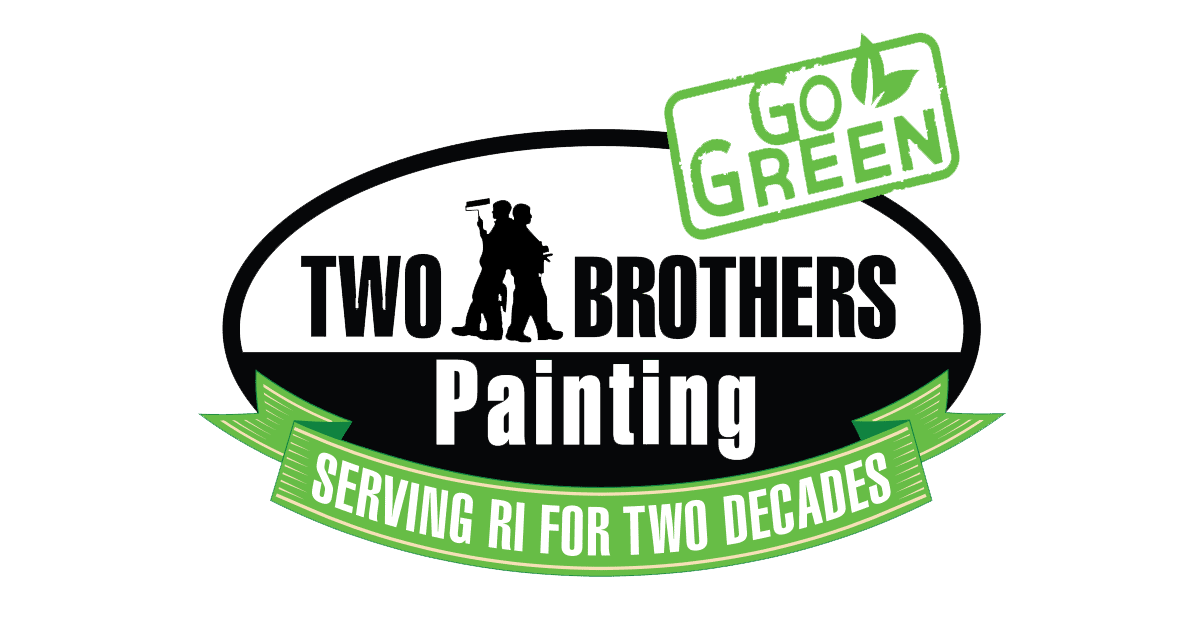
When it comes to home improvement in Rhode Island, painting is considered one of the least expensive and easiest ways to add life to a drab-looking room. However, if you are under the impression that the ease of painting means that planning is not required, this is a misconception. Without proper planning, you could end up with a huge mess that could be costly to fix. Avoiding the most common DIY painting mistakes that people make can save you time, eliminate frustration and keep costs associated with this home improvement project reasonable.
The 5 Most Common DIY Interior Painting Mistakes
1. Neglecting to Prep
Although preparation can be somewhat time-consuming, prep work saves a lot of cleanup time.
DIY paint-prepping tips:
- Wash the walls — If you do not wash the walls, the dirt and grime that remains can show through. Dust the entire surface of the wall and make sure to wash off any discolorations.
- Prepare and prime the walls/ceilings — New paint can bring out surface imperfections; therefore, it is essential that you take the time to smooth out rough edges as well as fill in scratches and cracks. Today, most paints contain a primer; therefore, the only time a separate primer is necessary is on a surface that has never been painted or on a rough surface like wood. Neglecting to prime a new or rough surface could result in the need for several coats of paint.
2. Using the Wrong Tools and/or Low-Quality Tools
As with any DIY project, having the correct tools is not an option, but a necessity. Purchase the best quality rollers and brushes that you can afford because higher quality rollers and brushes will make your entire project easier.
DIY painting tips and tricks — Choose dense foam rollers for an easier, more thorough application. Only dunk your brush 1/3 of the way up. Use natural bristles when painting with oil-based paints and synthetic when using latex.
3. Not Using Drop Cloths
The last thing you want to do once your room looks amazing is try to figure out how to remove paint from your carpet, furniture, wood or laminate flooring.
4. Choosing Not to Apply Painter’s Tape
Painter’s tape is designed to create a seal between the trim, molding and the wall, which means it will provide the sharpest, cleanest lines possible. If not used, a lot of trim and/or molding cleanup may be required once painting is complete. The tape must be removed before the paint dries; otherwise, some of the dried paint may peel off with it.
5. Using the Wrong Type of Paint
If you are painting an area in your Rhode Island home that is used frequently, choose a paint that is designed to handle abuse. Typically, premium semi-gloss, mattes and satin finishes work well in busy areas of the home. These paint finishes are made to hide smudges and can be wiped down frequently. A flat surface paint should only be applied in a room that is rarely used or that is not subject to children and pets.
A professional painting company in Rhode Island can eliminate all your concerns by painting these rooms for you.
Free Painting Estimate
Do not fill this form out if you’re a solicitor.

